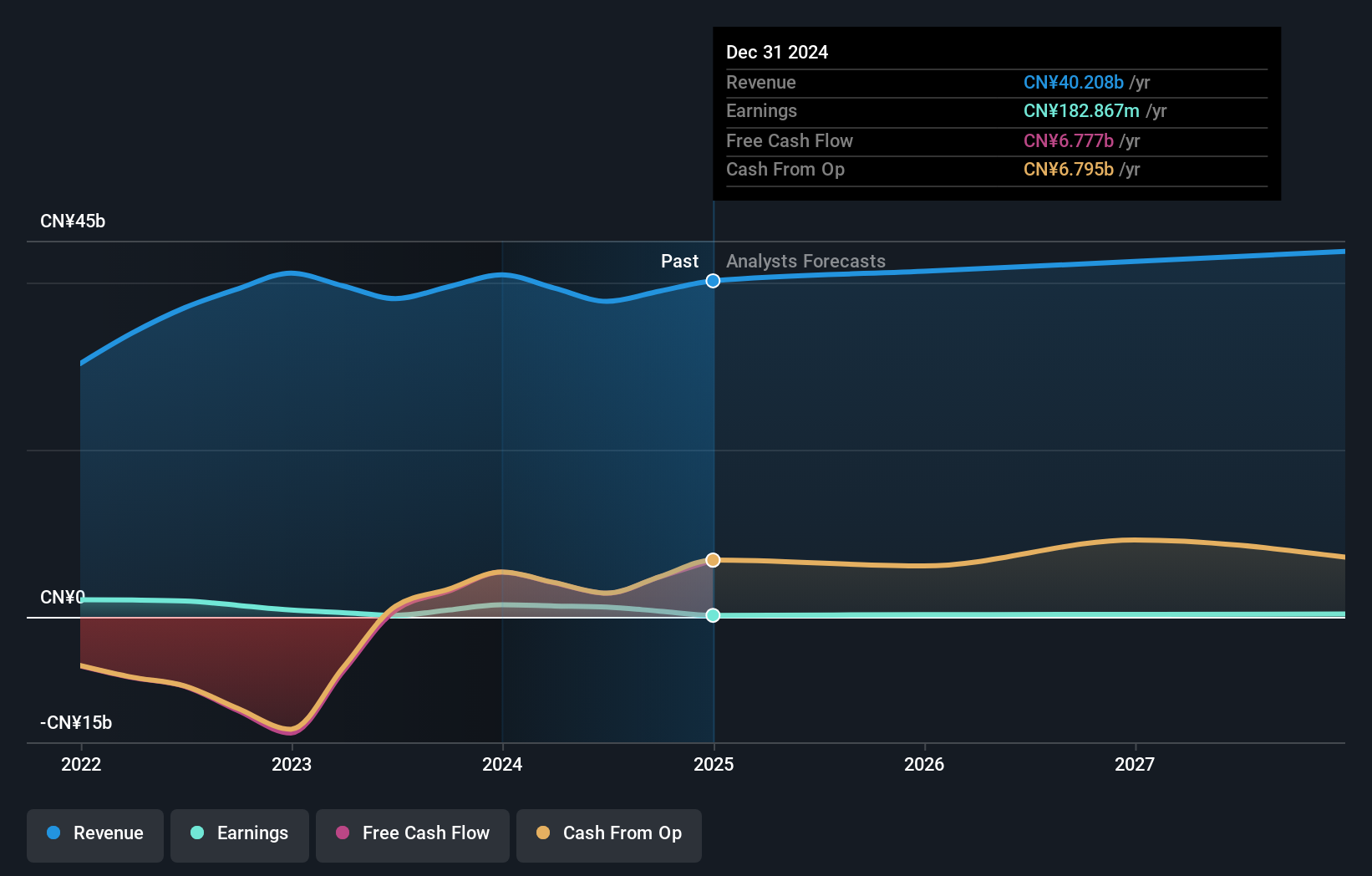Should You Think About Buying Poly Property Group Co., Limited (HKG:119) Now?
While Poly Property Group Co., Limited (HKG:119) might not have the largest market cap around , it saw a double-digit share price rise of over 10% in the past couple of months on the SEHK. Shareholders may appreciate the recent price jump, but the company still has a way to go before reaching its yearly highs again. Less-covered, small caps sees more of an opportunity for mispricing due to the lack of information available to the public, which can be a good thing. So, could the stock still be trading at a low price relative to its actual value? Let’s take a look at Poly Property Group’s outlook and value based on the most recent financial data to see if the opportunity still exists.
This technology could replace computers: discover the 20 stocks are working to make quantum computing a reality.
Is Poly Property Group Still Cheap?
Poly Property Group appears to be expensive according to our price multiple model, which makes a comparison between the company's price-to-earnings ratio and the industry average. In this instance, we’ve used the price-to-earnings (PE) ratio given that there is not enough information to reliably forecast the stock’s cash flows. We find that Poly Property Group’s ratio of 31.62x is above its peer average of 11.28x, which suggests the stock is trading at a higher price compared to the Real Estate industry. Another thing to keep in mind is that Poly Property Group’s share price is quite stable relative to the rest of the market, as indicated by its low beta. This means that if you believe the current share price should move towards the levels of its industry peers over time, a low beta could suggest it is not likely to reach that level anytime soon, and once it’s there, it may be hard for it to fall back down into an attractive buying range again.
See our latest analysis for Poly Property Group
What does the future of Poly Property Group look like?

Investors looking for growth in their portfolio may want to consider the prospects of a company before buying its shares. Although value investors would argue that it’s the intrinsic value relative to the price that matter the most, a more compelling investment thesis would be high growth potential at a cheap price. With profit expected to grow by 92% over the next couple of years, the future seems bright for Poly Property Group. It looks like higher cash flow is on the cards for the stock, which should feed into a higher share valuation.
What This Means For You
Are you a shareholder? It seems like the market has well and truly priced in 119’s positive outlook, with shares trading above industry price multiples. At this current price, shareholders may be asking a different question – should I sell? If you believe 119 should trade below its current price, selling high and buying it back up again when its price falls towards the industry PE ratio can be profitable. But before you make this decision, take a look at whether its fundamentals have changed.
Are you a potential investor? If you’ve been keeping an eye on 119 for a while, now may not be the best time to enter into the stock. The price has surpassed its industry peers, which means it is likely that there is no more upside from mispricing. However, the optimistic prospect is encouraging for 119, which means it’s worth diving deeper into other factors in order to take advantage of the next price drop.
In light of this, if you'd like to do more analysis on the company, it's vital to be informed of the risks involved. To help with this, we've discovered 2 warning signs (1 doesn't sit too well with us!) that you ought to be aware of before buying any shares in Poly Property Group.
If you are no longer interested in Poly Property Group, you can use our free platform to see our list of over 50 other stocks with a high growth potential.
New: Manage All Your Stock Portfolios in One Place
We've created the ultimate portfolio companion for stock investors, and it's free.
• Connect an unlimited number of Portfolios and see your total in one currency• Be alerted to new Warning Signs or Risks via email or mobile• Track the Fair Value of your stocks
Try a Demo Portfolio for FreeHave feedback on this article? Concerned about the content? Get in touch with us directly. Alternatively, email editorial-team (at) simplywallst.com.This article by Simply Wall St is general in nature. We provide commentary based on historical data and analyst forecasts only using an unbiased methodology and our articles are not intended to be financial advice. It does not constitute a recommendation to buy or sell any stock, and does not take account of your objectives, or your financial situation. We aim to bring you long-term focused analysis driven by fundamental data. Note that our analysis may not factor in the latest price-sensitive company announcements or qualitative material. Simply Wall St has no position in any stocks mentioned.
免責聲明:投資有風險,本文並非投資建議,以上內容不應被視為任何金融產品的購買或出售要約、建議或邀請,作者或其他用戶的任何相關討論、評論或帖子也不應被視為此類內容。本文僅供一般參考,不考慮您的個人投資目標、財務狀況或需求。TTM對信息的準確性和完整性不承擔任何責任或保證,投資者應自行研究並在投資前尋求專業建議。
熱議股票
- 1
- 2
- 3
- 4
- 5
- 6
- 7
- 8
- 9
- 10